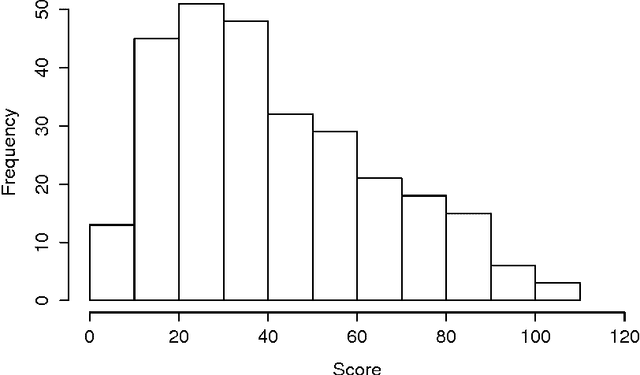Probabilistic Models for Computerized Adaptive Testing
Paper and Code
Mar 26, 2017



In this paper we follow our previous research in the area of Computerized Adaptive Testing (CAT). We present three different methods for CAT. One of them, the item response theory, is a well established method, while the other two, Bayesian and neural networks, are new in the area of educational testing. In the first part of this paper, we present the concept of CAT and its advantages and disadvantages. We collected data from paper tests performed with grammar school students. We provide the summary of data used for our experiments in the second part. Next, we present three different model types for CAT. They are based on the item response theory, Bayesian networks, and neural networks. The general theory associated with each type is briefly explained and the utilization of these models for CAT is analyzed. Future research is outlined in the concluding part of the paper. It shows many interesting research paths that are important not only for CAT but also for other areas of artificial intelligence.
 Add to Chrome
Add to Chrome Add to Firefox
Add to Firefox Add to Edge
Add to Edge